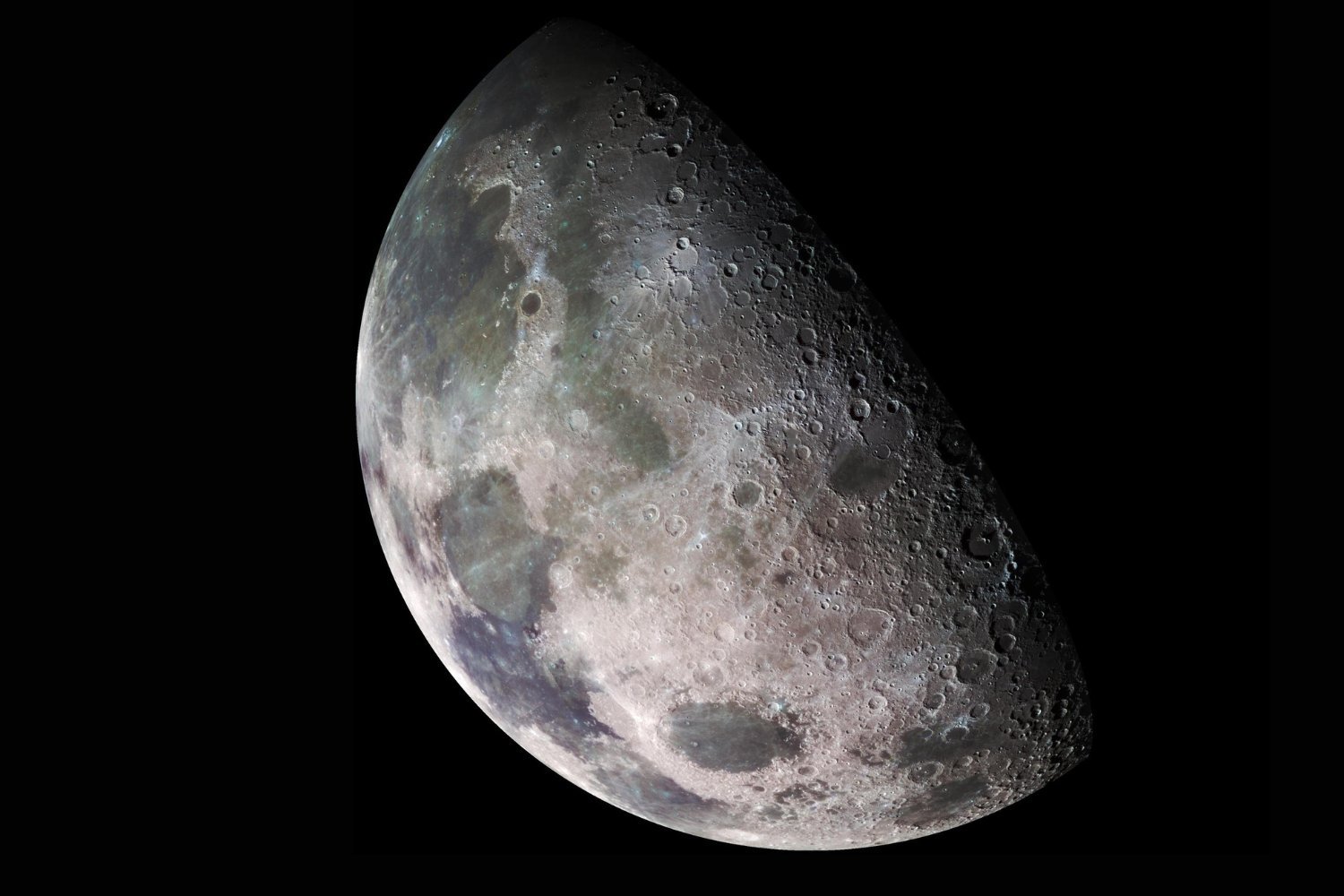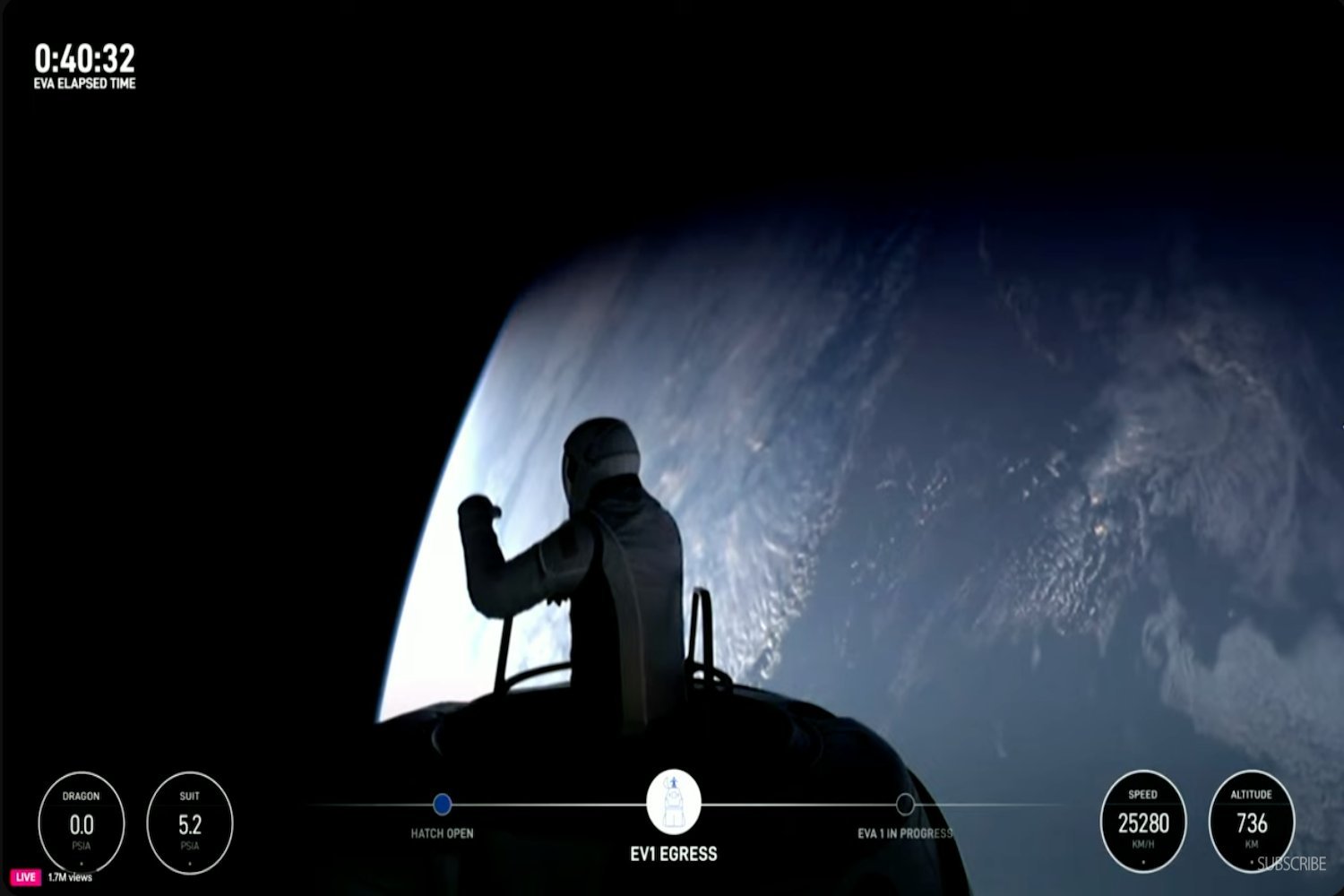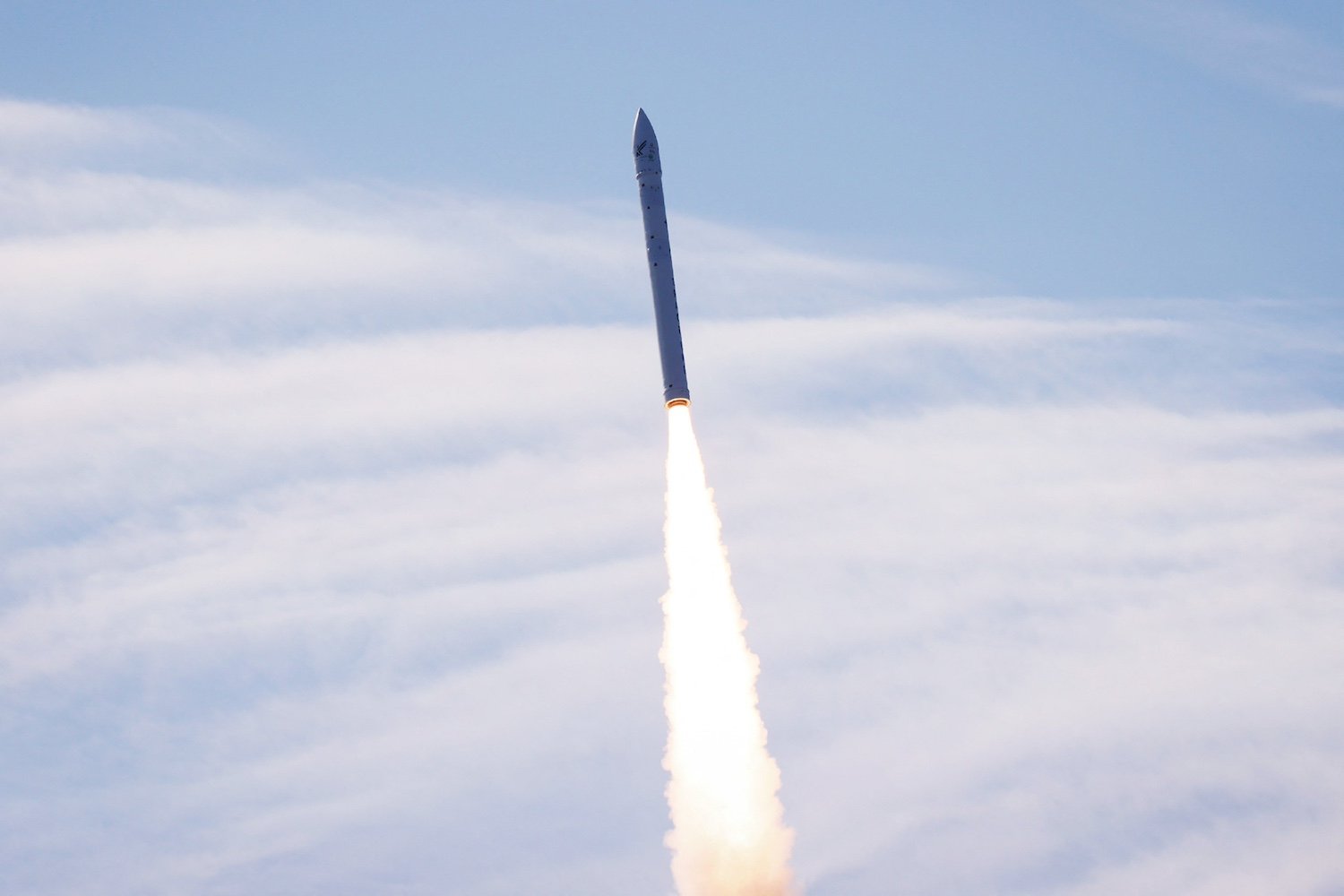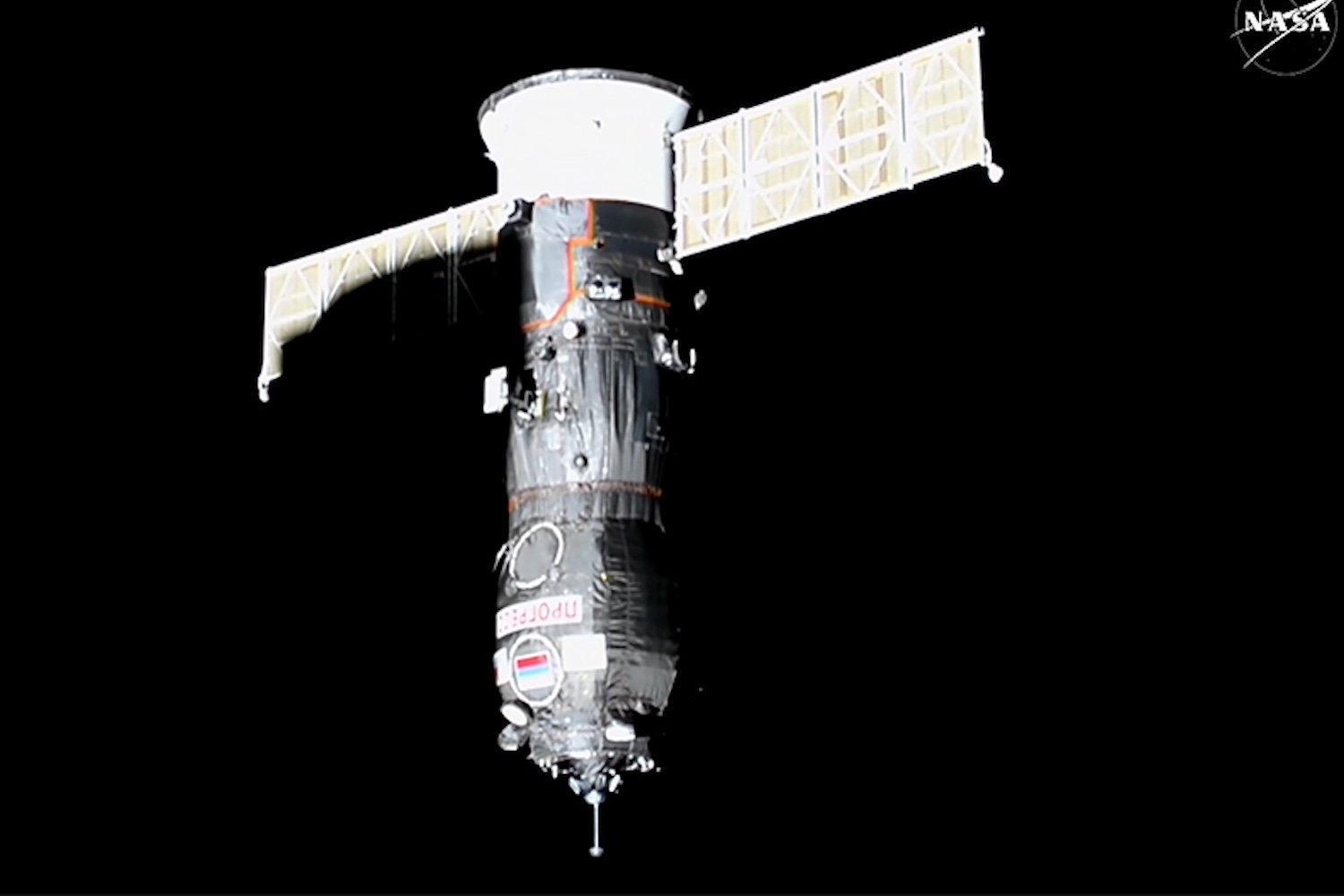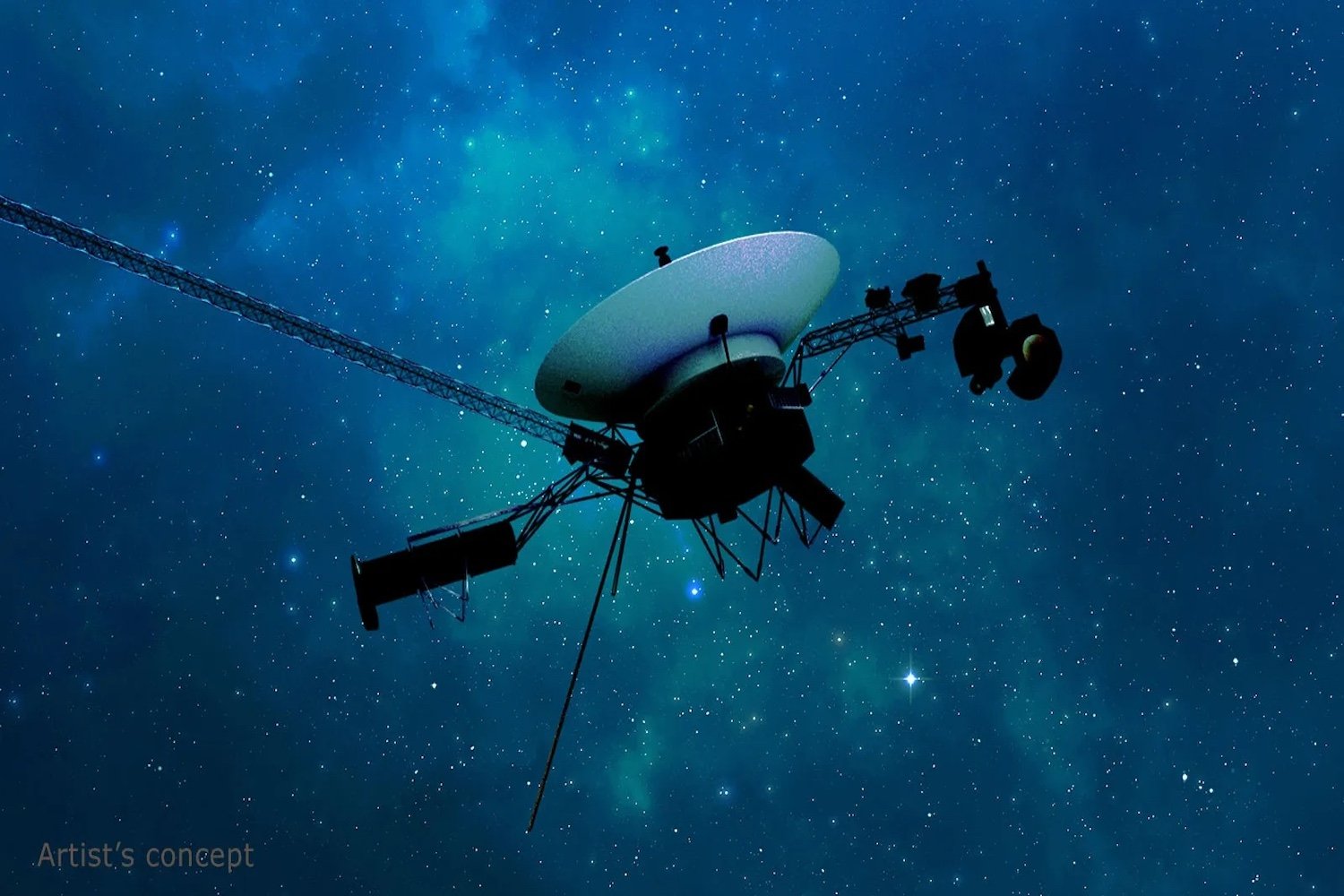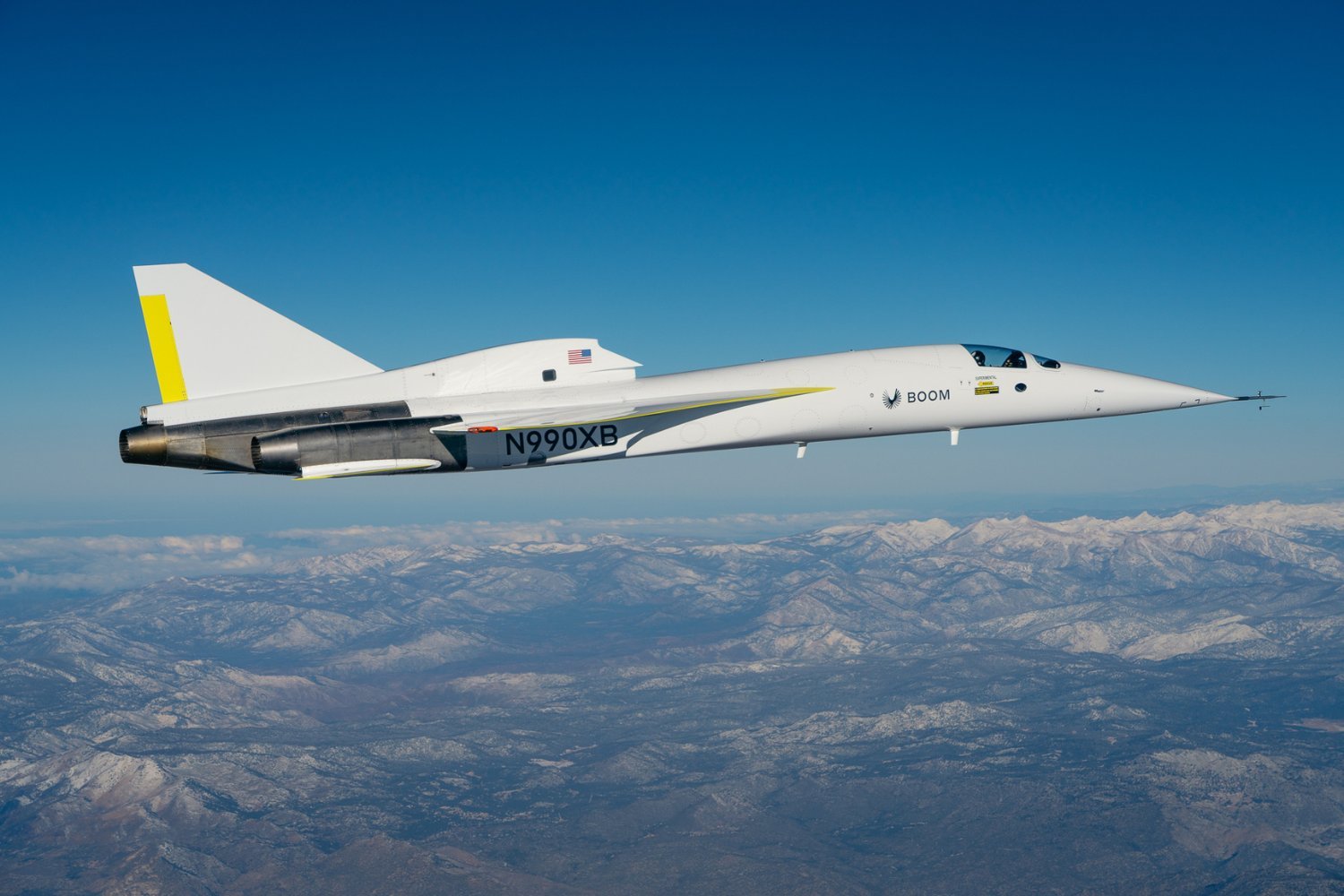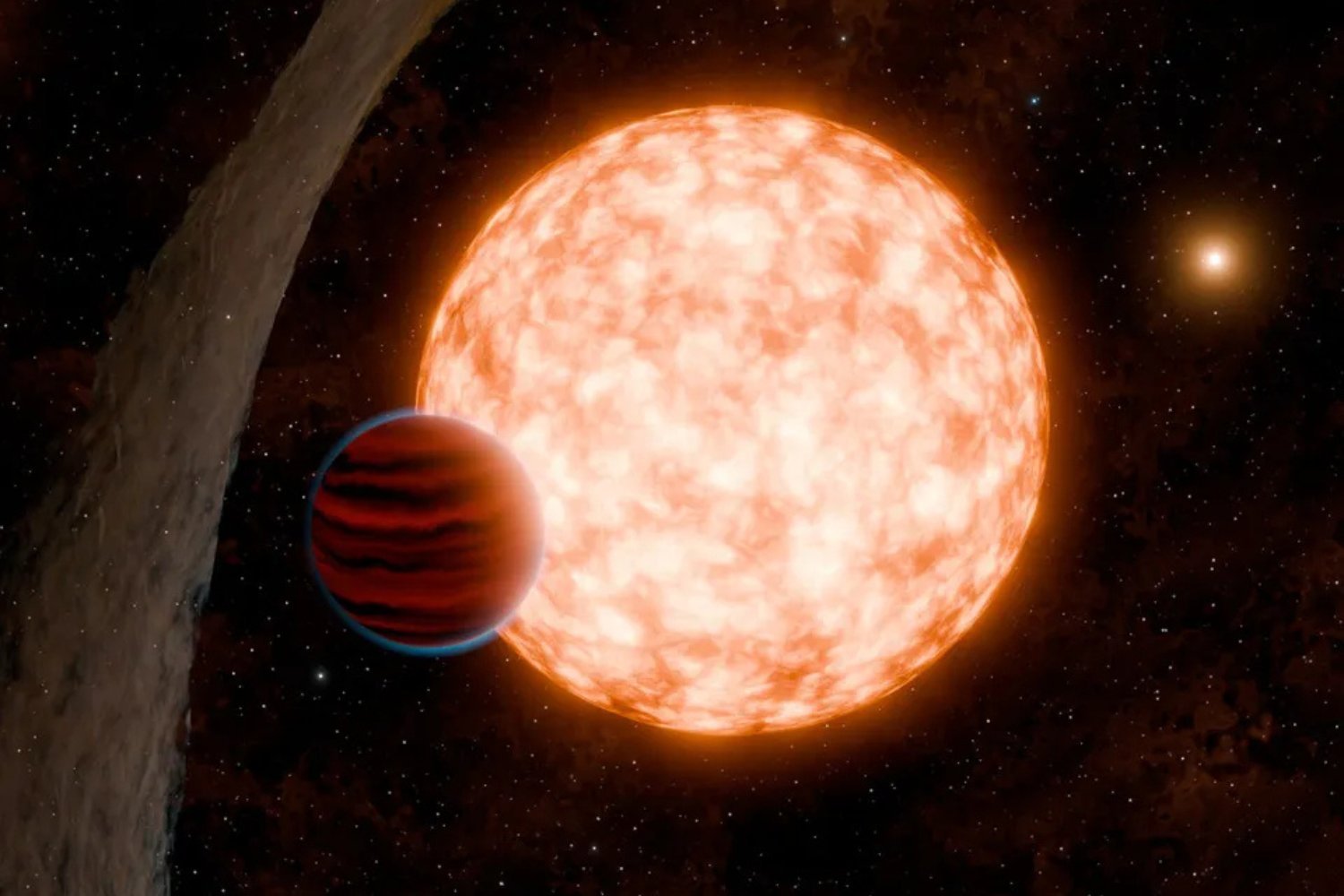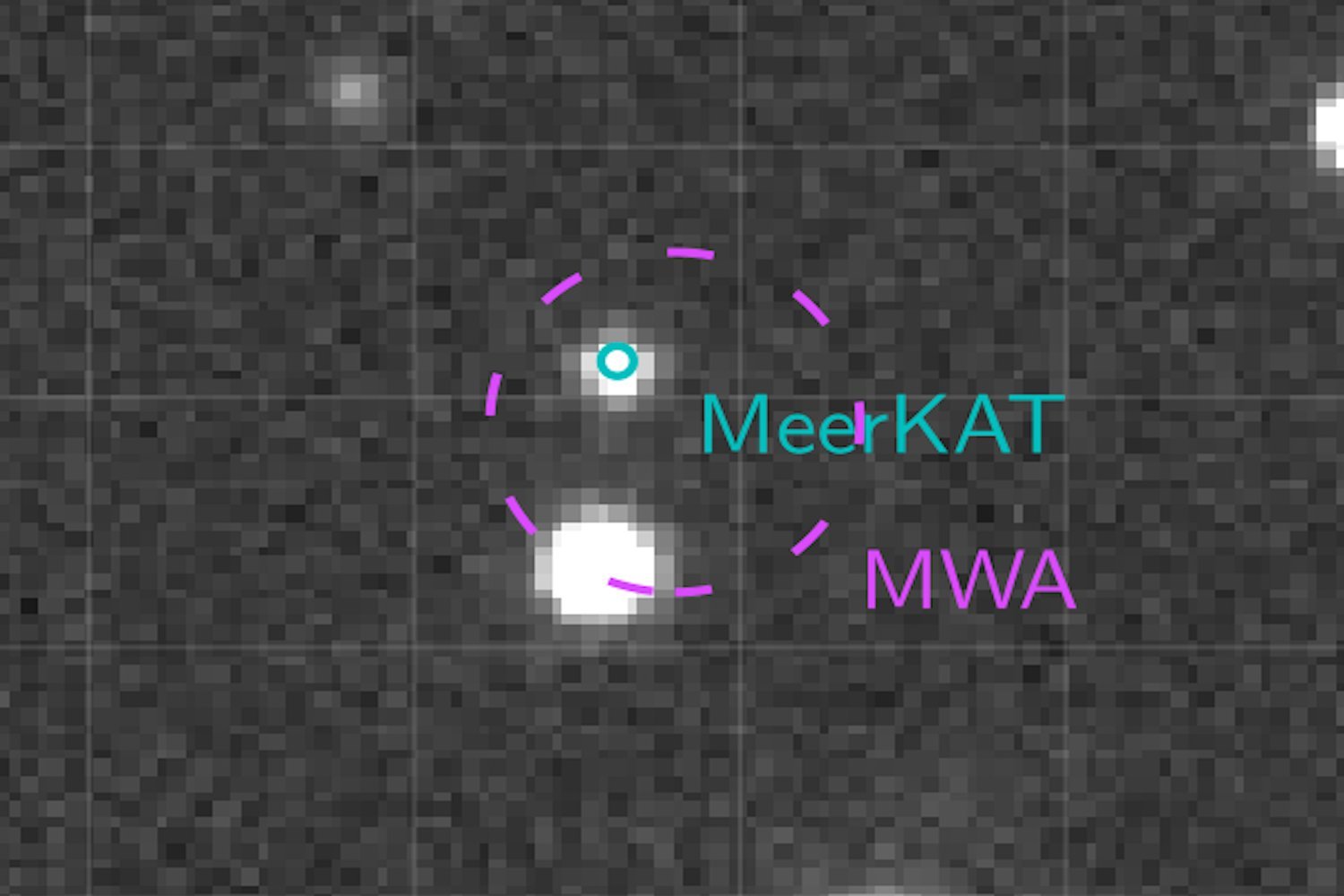The Moon, Earth’s constant companion for nearly 4.5 billion years, has long been thought to have formed shortly after our planet. However, a recent analysis of lunar crystals suggests a more ancient origin for our celestial neighbor, potentially rewriting the early history of the Earth-Moon system.
The prevailing theory suggests the Moon emerged from a colossal collision between early Earth and a Mars-sized protoplanet roughly 4.35 billion years ago. This timeline, derived from lunar surface rocks, is crucial for understanding not just the Moon’s evolution but also the broader development of our solar system.
Now, a team of researchers challenges this established timeline. While previous estimates placed the Moon’s age between 4.35 and 4.51 billion years old, the younger estimate might represent a significant remelting event rather than the initial formation of the lunar magma ocean, according to their findings published in Nature.
The abundance of 4.35-billion-year-old rocks on the lunar surface led researchers to hypothesize that a widespread remelting event occurred, obscuring the Moon’s true age. By analyzing zircon crystals collected during the Apollo missions, the team uncovered clues pointing to a more ancient origin. These crystals, spared from the remelting event, offer a glimpse into the Moon’s primordial past.
The researchers propose an upper age limit of 4.53 billion years, coinciding with the cessation of core formation. They suggest the Moon likely formed around 180 million years before the subsequent tidal heating event that reshaped its surface. While this revised timeline positions the Moon as older than previously thought, it’s not drastically older.
The exact cause of this extensive lunar remelting remains a mystery, though current models rule out impacts as the primary driver, according to the study. The researchers propose that the Moon’s orbital evolution and the gravitational stresses exerted by Earth and the Sun could have triggered the remelting process.
This recent study adds another layer of complexity to the Moon’s already intriguing history. Earlier this year, research in Nature Geoscience suggested that the Moon might have essentially turned itself inside out shortly after its formation.
While many questions remain unanswered, future lunar missions, particularly the Artemis program, promise to shed more light on the Moon’s enigmatic origins. The Artemis program, marking humanity’s return to the lunar surface after decades, represents a crucial step toward unraveling the mysteries of our closest celestial companion.
The continued exploration of space, including a renewed focus on the Moon, will undoubtedly deepen our understanding of the early solar system and the interconnected evolution of Earth and its steadfast satellite.



